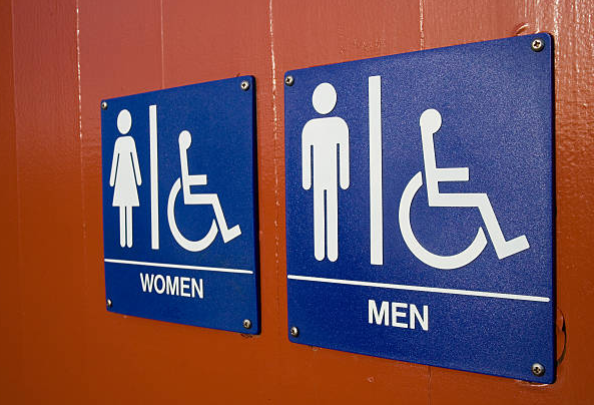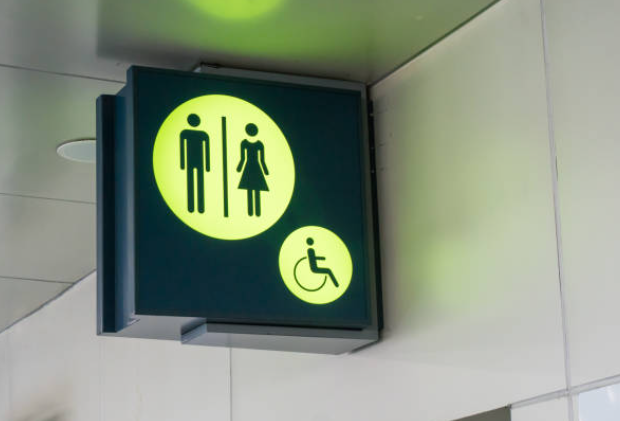How Many Disabled Toilets Are Required In A Workplace?
Uncertain about the required number of disabled toilets in your workplace? This article explores factors like workforce size and accessibility needs to ensure compliance and foster inclusivity. Delve into specifics for workplace accessibility. For community spaces like churches, discover available Free grants for disabled toilets in churches to support inclusive accommodations and enhance overall accessibility.
Factors To Consider In Determining Disabled Toilet Requirements
1.Number of Employees with Disabilities:
The more employees with disabilities you have, the greater the need for accessible restrooms.
2.Workplace Layout and Size:
Consider installing clear signage indicating the location of accessible restrooms, and ensure that these facilities are easily identifiable and well-maintained.

Providing accessibility information in employee orientation materials can also contribute to a more inclusive workplace environment.
Additional Articles: How To Get A Key For Disabled Toilets?
3. Type of Disability:
Consider the specific needs of employees with disabilities, such as wheelchair users who require larger restroom stalls with grab bars and ample maneuvering space. Consult with employees to understand their unique requirements.
4. Compliance with Building Codes and Regulations:
Adhere to local building codes and regulations that dictate the number of accessible restrooms required. Research and understand specific requirements for your workplace size and employee count to ensure compliance.
Size Of Workforce And Accessibility Needs
Taking into account the size of your workforce and their unique accessibility needs is crucial in creating an inclusive and accommodating work environment.

The number of disabled toilets required in a workplace is directly influenced by the number of employees who require them.
As a general guideline, the larger the workforce, the more disabled toilets should be provided.
This ensures that there are enough facilities available to meet the needs of all employees with disabilities, promoting their comfort and convenience.
Nature of the Business and Specific Requirements
The unique demands and intricacies of your business can greatly influence the specialized accommodations needed to create an inclusive and empowering work environment.

It’s important to consider the nature of your business when determining the number of disabled toilets required in the workplace.
Learn More: How To Disabled Or Elderly People Use Squat Toilets?
Conclusion
In conclusion, workplaces must meet legal obligations for accessibility, including providing an adequate number of disabled toilets. Factors like workforce size and specific accessibility needs influence the requirements, and employers should consider the nature of their business. Offering disabled toilets promotes inclusivity and employee well-being, contributing to a supportive and diverse workplace that values equal opportunities for all.



